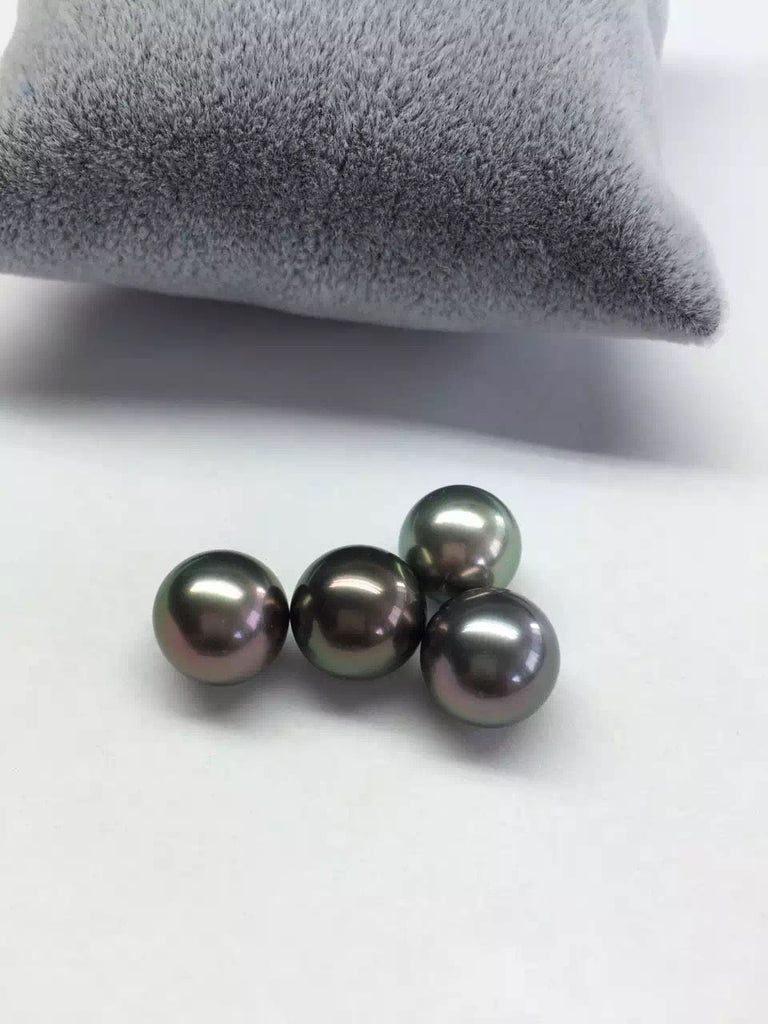Pearl size is one of the key factors when it comes to grading the quality and value of a pearl. Measured in millimetres, the size of a pearl can vary between 2 and 20mm depending on its type and growth period. So what are the size differences between different types of pearls? What should you look for when choosing the right size for your jewellery?

Generally speaking, when all other value factors are equal, the larger the pearl is, the more valuable it will be. For round pearls, the size is taken by measuring their diameter perpendicular to the drill holes. For oval, baroque and drop-shaped pearls, the measurement is usually taken from their length and width. As a normal practice in the industry, pearl size is rounded off to the nearest 0.5mm, expressed in half millimetre ranges. For example, a uniform pearl strand consisting of pearls between 7mm to 7.5mm in diameter is usually labeled as “7-7.5mm strand”. The size of a graduated strand is stated as a range with more than 0.5mm in size difference, as the strand usually has the largest pearl in the centre and progressively smaller pearls near the clasp.
Cultured pearl types include freshwater, Tahitian, Akoya, and South Sea. For each type, the pearl size varies significantly from one to another. For example, the typical size range of freshwater pearls ranges from 4 to 14mm. For Akoya pearls, it can be anything between 2 and 10mm. South Sea and Tahitian pearls are typically larger, with a size range of 8 to 20mm and 9 to 14mm respectively.

When choosing a pearl size, it’s important to take its type into consideration. The same sized freshwater and Akoya pearls may look very similar to untrained eyes, but the value of these gems is considerably different. For example, a 7.5-8mm freshwater pearl necklace is regarded as a common size available these days while the same sized Akoya pearl strand is viewed as large by Akoya standards. Hence its price would be a lot higher than that of the freshwater pearl necklace. For Tahitian and South Sea pearls, a size range of 7.5-8mm is considered small by their standards. When all the other value factors are equal, you would expect the value of these pearls would be much lower than larger sized ones.
So what size should you choose when buying pearl jewellery? As a matter of fact, it all depends on your personal preference. Generally speaking, small pearls are more affordable. They usually give off a dainty feel if you prefer a more classic style. Large pearls, on the other hand, can be more contemporary, creating a luxurious and statement look. The most popular sized pearls are between 7 and 9mm. This size range looks good on almost all necklaces and earrings and suits most people.

At Pearl-Lang, we grade our pearls using the Seven Pearl Value Factors defined by the Gemological Institute of America (GIA), famously known for the 4C diamond grading system. You can find specific size measurement and the other value factors under the Product Details of each product page.





